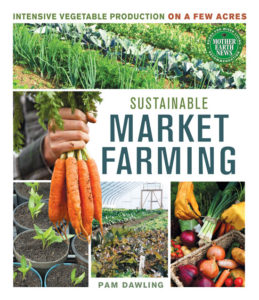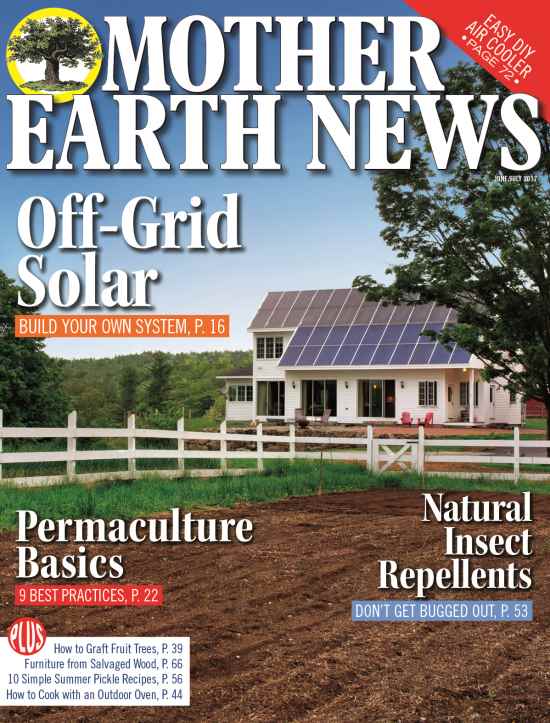
Excerpted from Sustainable Market Farming by Pam Dawling
In some cases, your crop could produce both food and seed, as we do with our tomatoes and watermelon. But getting two crops from one plant does take more time, compared to simply mashing the whole tomatoes, for instance. There are other ways to have your crop and eat it too. Harvesting a few leaves from greens grown for seed will not detract from seed production. Eat the produce from the edges of a block planting and save seed from plants in the center — this helps preserve the purity of the seed without “wasting” the edge plants. Eat the earliest fruit and save seed later, or save seed first and eat the later fruit. Seed should not be saved from plants past their prime, however, and you would not want to risk your seed crop by reducing the time it has to mature by too much. Rat-tail radish can be grown for seed and some of the pods can be eaten first.
You may be able to grow seed for flowers that attract beneficial insects or pest-eating birds to your crops. Ira Wallace suggests that biennials such as carrots or onions for seed can be interplanted in a hoophouse with overwintered greens. As the biennial plants start to grow bigger, remove the early spring greens and let the seed plants grow. Keep records of your dates, as the timing might get critical and some crops will work better than others.
You may also enjoy these excerpts from Sustainable Market Farming:
This excerpt has been reprinted with permission from Sustainable Market Farming byPam Dawling and published by New Society, 2013.










